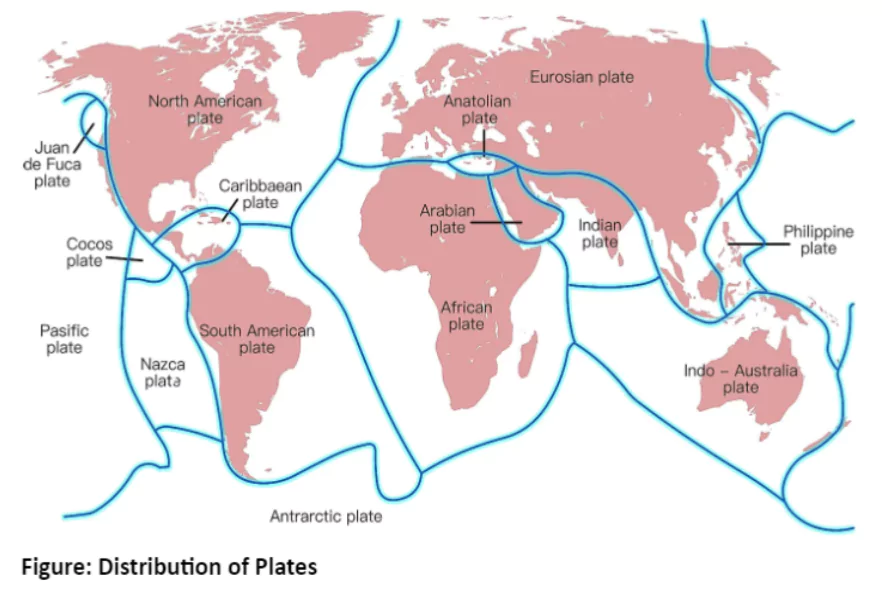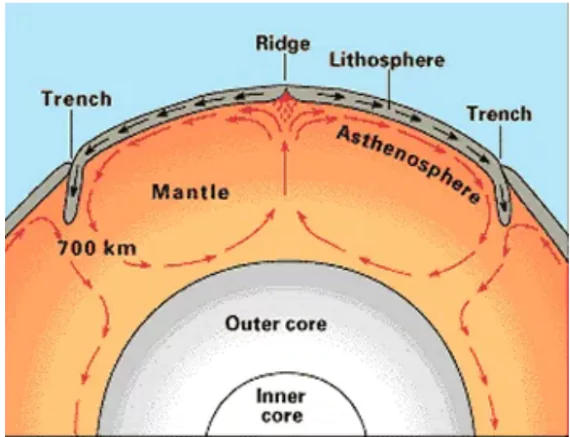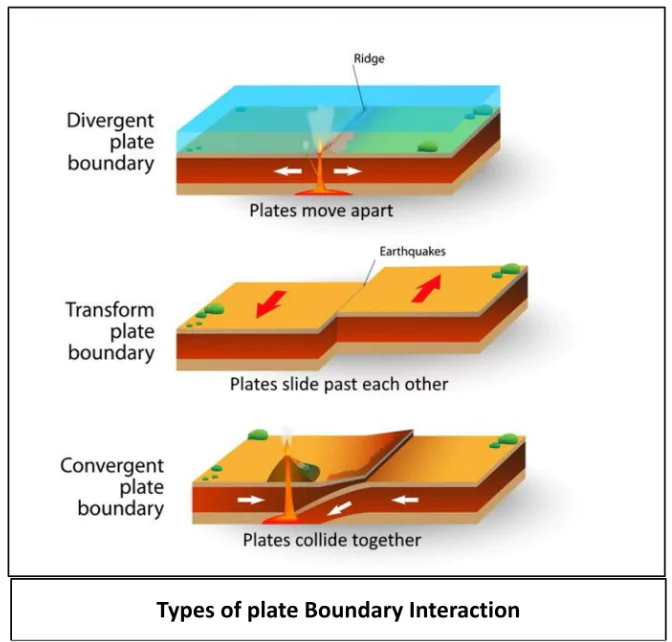![]() April 27, 2024
April 27, 2024
![]() 15133
15133
![]() 0
0
Plate tectonics is the scientific theory that explains how the Earth’s outer layer, called the lithosphere, is divided into large pieces called tectonic plates. These plates are like giant puzzle pieces that move slowly over the Earth’s surface. Plate tectonics helps us understand how mountains, earthquakes, volcanoes, and other geological features are formed and how they change over time.


 Convergent Boundaries: One plate submerges under another at subduction zones.
Convergent Boundaries: One plate submerges under another at subduction zones.
| Must Read | |
| Current Affairs | Editorial Analysis |
| Upsc Notes | Upsc Blogs |
| NCERT Notes | Free Main Answer Writing |
Conclusion
<div class="new-fform">
</div>

Latest Comments